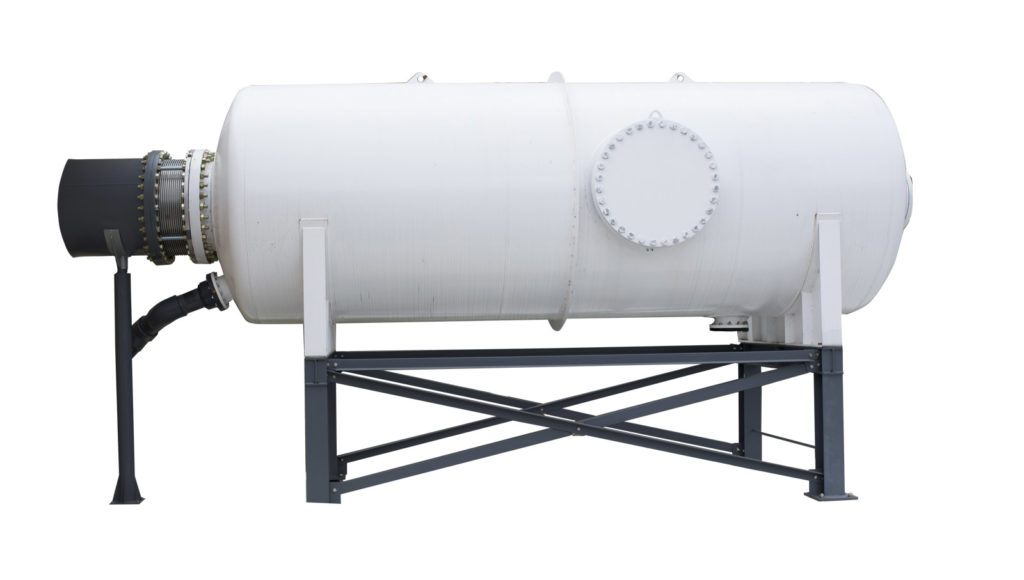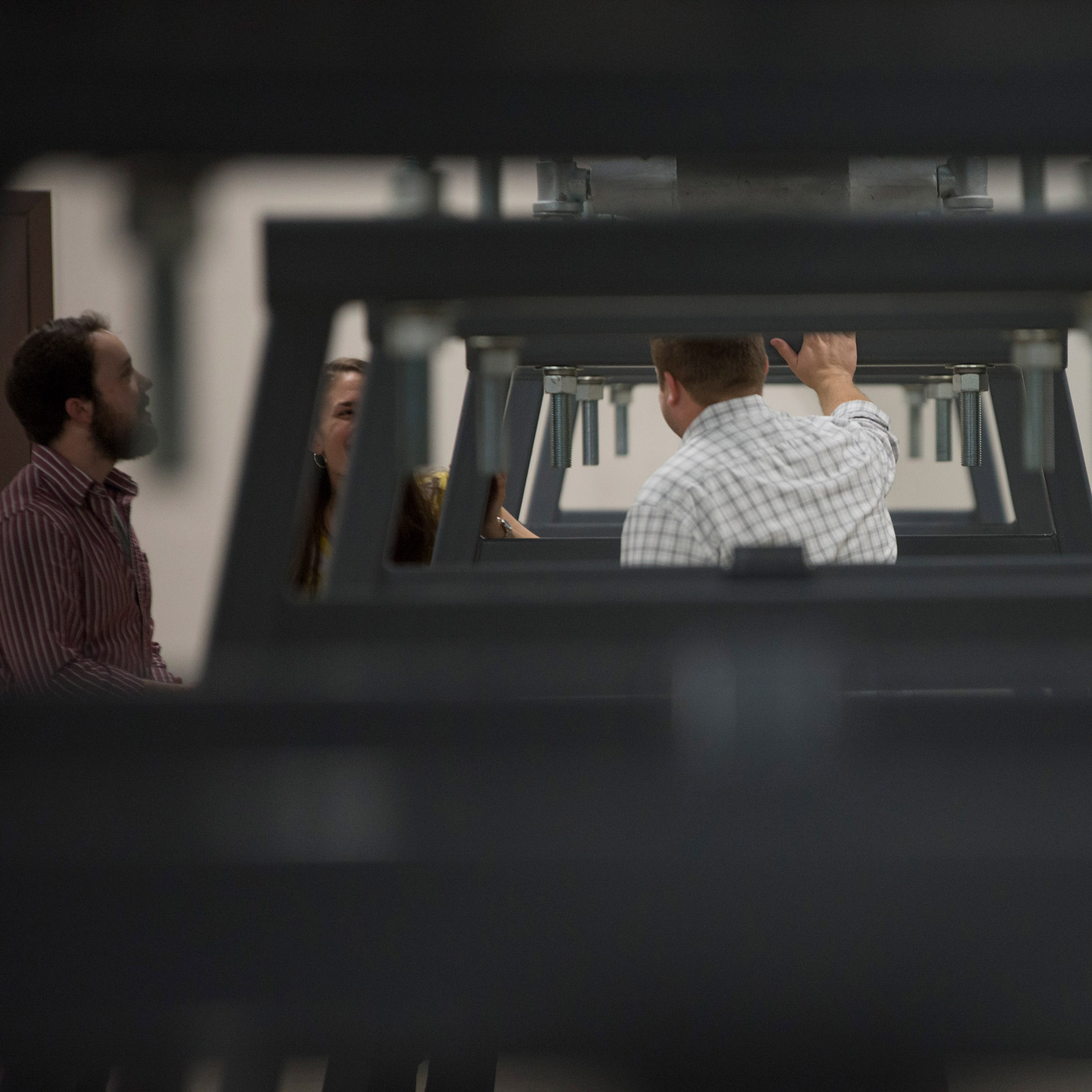“Hypersonics is the top national priority for the Department of Defense,” explained John Schmisseur, professor of aerospace engineering and the H.H. Arnold Chair in the UT Knoxville Tickle College of Engineering. Schmisseur founded and oversees the High-Speed Original Research and Innovation Zone research group, known as HORIZON, at the UT Space Institute in Tullahoma.
“Attention has turned to hypersonics due to concerns that both China and Russia have advanced their systems beyond U.S. capabilities,” Schmisseur said. “Hypersonic weapons are maneuverable and fly closer to the earth than conventional ballistic missiles, resulting in them being more difficult to detect and defend against.
The leading-edge research conducted at UT—in partnership with the Air Force Research Laboratory and Air Force Test and Evaluation groups at Arnold Air Force Base—identifies risks to new high-speed vehicles from the extremely harsh hypersonic flight environment.
“By developing ways to mitigate that risk, we are helping to streamline the development of new hypersonic systems,” Schmisseur said.
While flying a vehicle far faster than the speed of sound isn’t new, unique challenges exist and need to be solved to ensure success.


That’s where the work of Schmisseur and his team takes off. They leveraged a $1 million investment of state funds in 2016—used to build one of the largest high-speed wind tunnels in academia—into more than $10 million in federal funding and more than $20 million in support of hypersonics research being conducted throughout the UT System.

The team’s focus on measuring the precise details of the wind flow allows them to share new techniques with their collaborators at Arnold Air Force Base. They’re also partnering with experts throughout the UT System to further expand innovation, such as in the use of additive manufacturing and large-scale simulations.
The smallest details can have the greatest impact on a defense system and on a nation.

